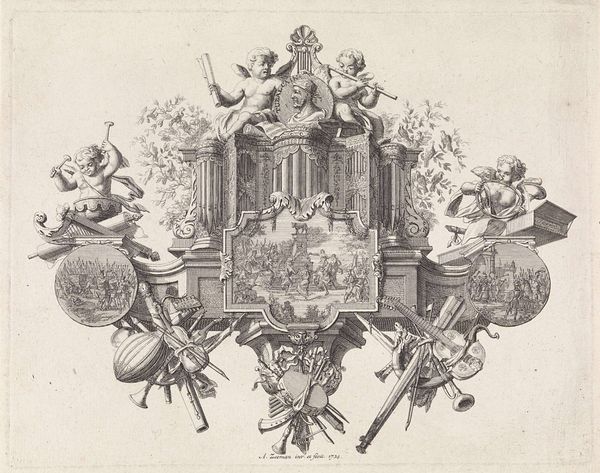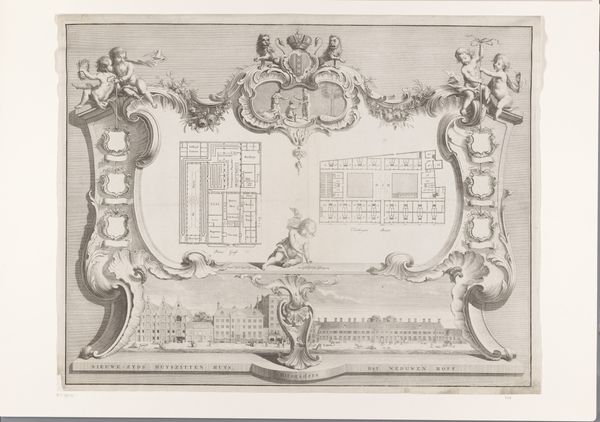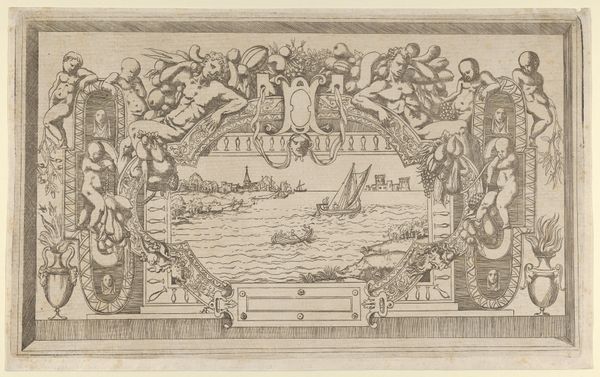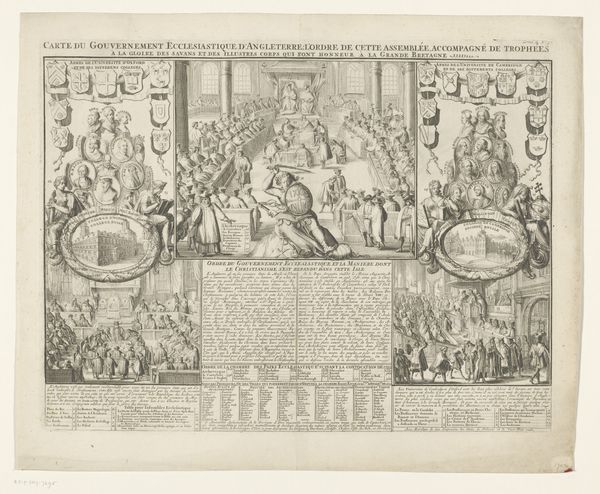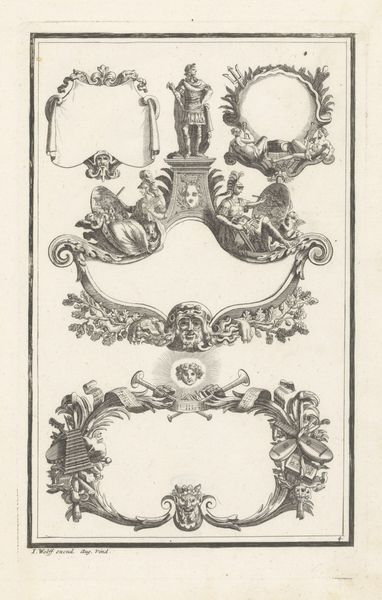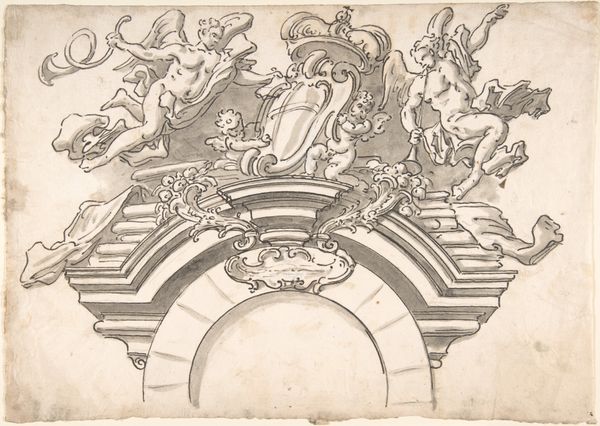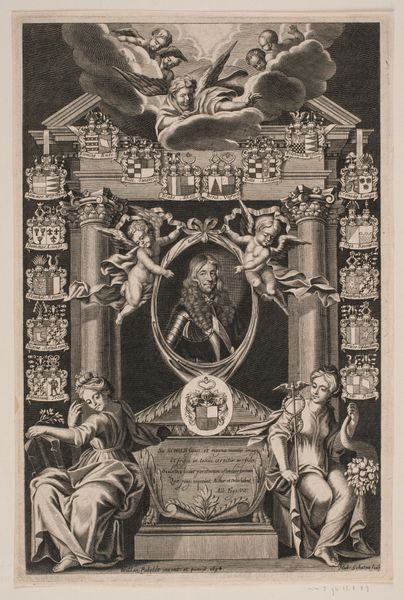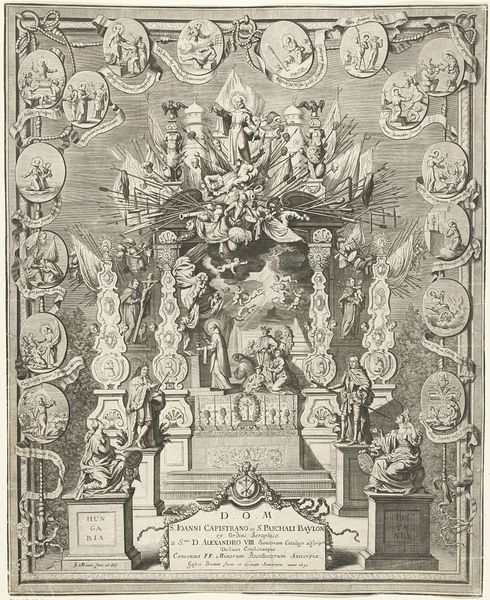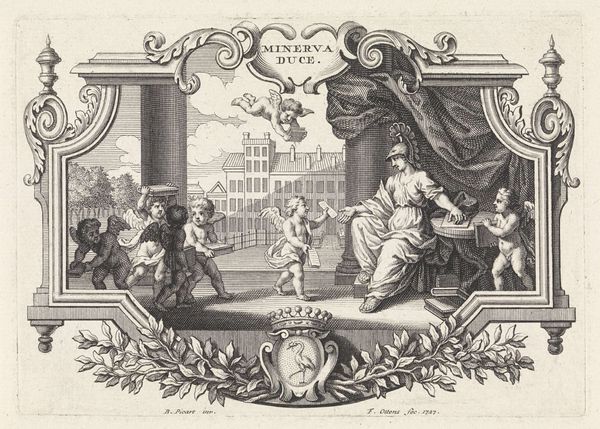
Plattegrond van burgerwijk nummer 11, onder leiding van kapitein Christian Scholten 1744 - 1748
0:00
0:00
hendrikdeleth
Rijksmuseum
graphic-art, print, engraving
#
graphic-art
#
baroque
#
dutch-golden-age
# print
#
pen illustration
#
old engraving style
#
geometric
#
line
#
cityscape
#
engraving
Dimensions: height 560 mm, width 728 mm
Copyright: Rijks Museum: Open Domain
Editor: So, this is *Plattegrond van burgerwijk nummer 11, onder leiding van kapitein Christian Scholten* by Hendrik de Leth, dating from around 1744-1748. It's an engraving, and it gives such a detailed view of this Amsterdam neighborhood. What can you tell us about this work? Curator: I’m drawn to the printmaking process here. Look at the labor involved in creating such intricate detail. The sharp lines, the sheer number of individual marks etched into the plate. It speaks to a pre-industrial mode of production, reliant on skilled craftsmanship. How do you see that labour shaping your reading of this ‘map’? Editor: That's interesting. I was focused on the image itself, but thinking about the printmaking… the number of prints made would dictate access to it. I wonder how that factors into social and economic context. Curator: Exactly! Was this map intended for civic planning? Real estate? Or perhaps something more symbolic? The material tells a story. The engraving medium would allow the creation of uniform affordable duplicates to distribute, broadening viewership beyond, say, a unique drawing accessible only to a single, wealthy patron. What’s gained, and lost, in this democratisation? Editor: It democratizes the knowledge of this area... opens possibilities for wider investment but maybe even exploitation. Curator: Indeed! This map isn't just about geographic representation. It's about power, access, and the control of urban space. Consider the symbolic framing too; classic military and symbolic iconography placed around what appears to be an accurately represented grid layout... all pointing to that sense of ownership. Editor: I never thought about it that way before. Seeing it as a produced object changes how I view the entire purpose. I see the statement embedded in material production. Thank you! Curator: It’s fascinating to trace the journey from the engraver's workshop to its role in shaping the city itself. That's the true material story here.
Comments
No comments
Be the first to comment and join the conversation on the ultimate creative platform.

